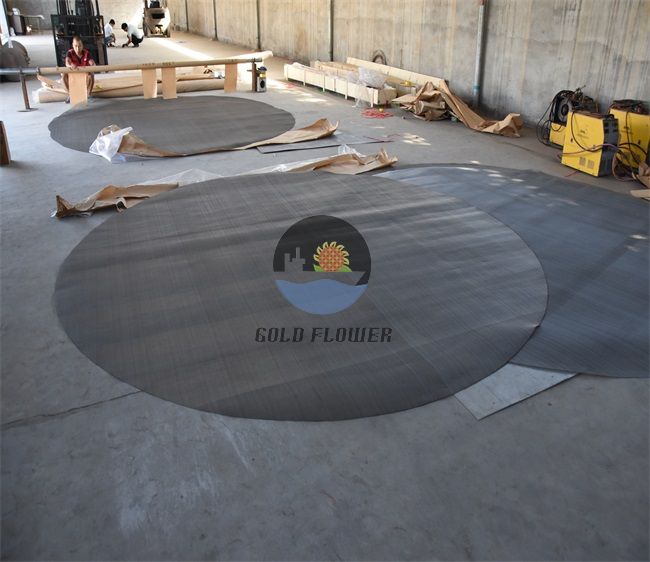nov . 01, 2024 18:34 Back to list
Innovative Mesh Design Concepts for Modern Architectural Applications
Exploring Architectural Mesh A Versatile Solution in Modern Design
In the realm of modern architecture, one innovative material that has gained significant attention is architectural mesh. This versatile mesh, composed of woven or expanded metal, serves both functional and aesthetic purposes, making it a popular choice among architects and designers. Its applications span a variety of settings, from commercial buildings to art installations, and its benefits are manifold.
Functional Properties
Architectural mesh offers an array of functional advantages. Its lightweight nature reduces the strain on structural elements while providing a durable solution that can withstand harsh environmental conditions. This durability makes it suitable for various applications, including facades, balustrades, and sun-shading systems. The mesh can also be treated with coatings to enhance its corrosion resistance, further extending its lifespan.
One of the significant benefits of architectural mesh is its ability to facilitate airflow and light penetration without compromising security. This characteristic is particularly valuable in urban environments, where architects must balance the desire for openness with the need for privacy. By allowing natural ventilation, architectural mesh contributes to energy efficiency, reducing the reliance on artificial HVAC systems.
Aesthetic Appeal
Beyond its practical benefits, architectural mesh is also celebrated for its aesthetic versatility. It is available in various materials, including stainless steel, aluminum, and brass, each offering distinct visual qualities. The interplay of light and shadow created by the mesh can enhance the overall design, adding depth and interest to facades. Additionally, architects can customize the mesh through different patterns and weaves, enabling unique design expressions that can reflect cultural or contextual narratives.
archtectural mesh

Sustainable Design
In an era where sustainability is a priority in architectural design, architectural mesh stands out as an eco-friendly option. Its longevity and recyclability align with green building practices, helping reduce the environmental impact of construction. Moreover, the use of mesh can contribute to achieving certifications such as LEED (Leadership in Energy and Environmental Design), promoting a more sustainable approach to building design.
Applications in Architecture
Architectural mesh is not limited to exterior applications; it is equally effective in interior spaces. Designers often utilize mesh for partitioning areas, allowing light to filter through while maintaining spatial coherence. In commercial spaces, mesh can be employed in retail design, visual merchandising, and as decorative elements, enhancing the customer experience.
Moreover, architectural mesh is increasingly being used in public art installations, where its aesthetic qualities can transform urban landscapes. Artists are exploring the medium's potential to create dynamic, interactive pieces that engage viewers and provoke thought.
Conclusion
In conclusion, architectural mesh stands as a testament to the innovative spirit of contemporary architecture. With its multifunctional attributes, aesthetic versatility, and sustainability, it is a key player in the evolution of modern design. As architects continue to seek out materials that meet both practical and artistic demands, architectural mesh will undoubtedly remain at the forefront, contributing to structures that inspire and endure. Its capacity to bridge the gap between utility and beauty makes it an invaluable asset in the toolkit of any modern designer.
share
-
CE Certified 250 Micron Stainless Steel Mesh Filter
NewsAug.04,2025
-
Premium Twill Weave Mesh for Industrial Filtration & Strength
NewsAug.03,2025
-
CE Certified 250 Micron Stainless Steel Mesh - Durable Filter
NewsAug.02,2025
-
Screen Mesh Price Deals | gpt-4-turbo Optimized Pricing
NewsAug.01,2025
-
CE Certified 250 Micron Stainless Steel Filter Mesh | Premium
NewsJul.31,2025
-
CE Certified 250 Micron Stainless Steel Mesh | Premium Filter
NewsJul.31,2025

